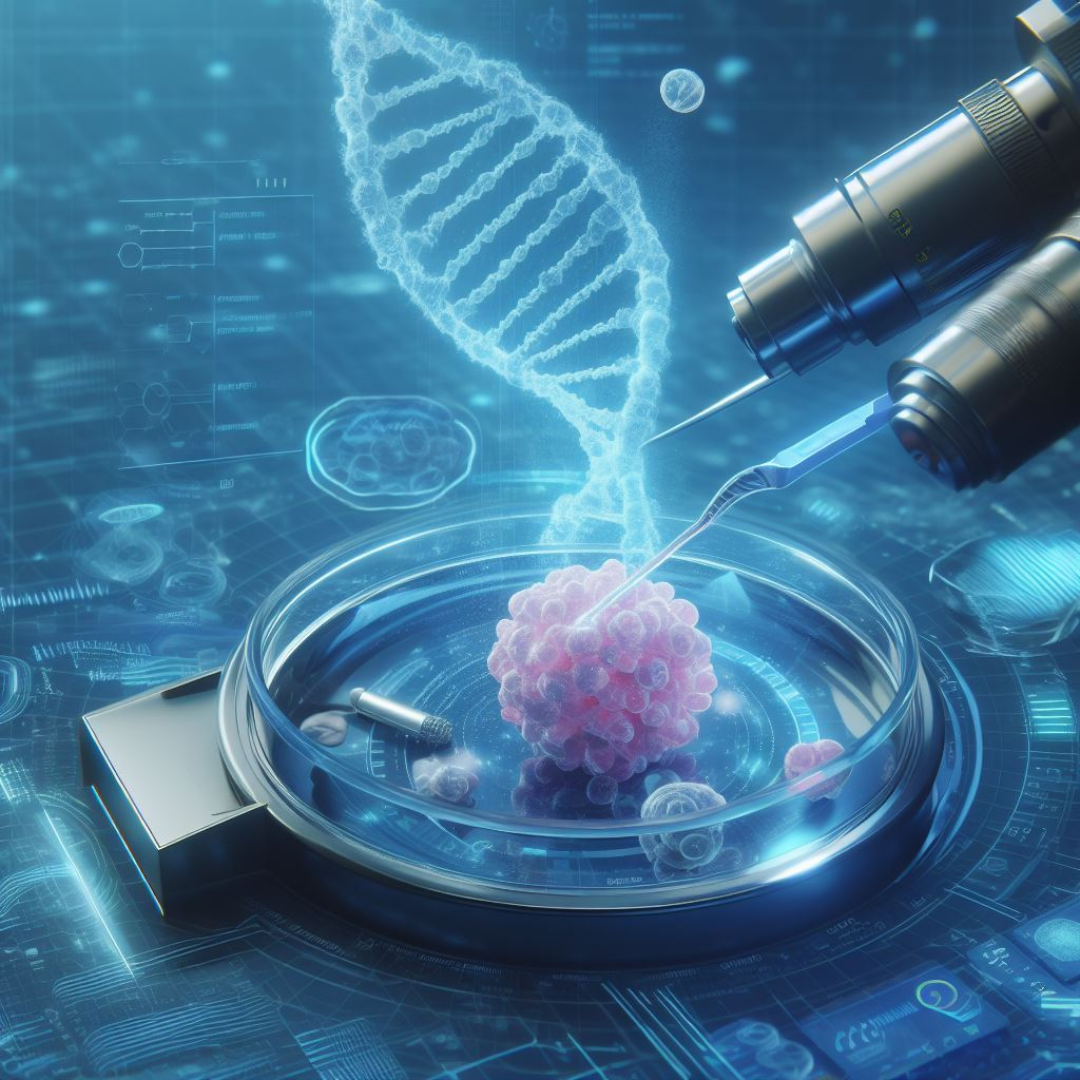Breast cancer is one of the highest mortality diseases worldwide, and even though it is not gender-exclusive, women are at a higher risk of developing breast cancer.

AI has outperformed radiologists in breast cancer detection; does this mean that the AI revolution will replace humans? Breast cancer is one of the highest mortality diseases worldwide, and even though it is not gender-exclusive, women are at a higher risk of developing breast cancer. There are distinct types of breast cancer that are categorized according to the tissues in which they originate, such as invasive ductal carcinoma and invasive lobular carcinoma.
Certain risk factors increase one’s predisposition towards breast cancer; they include age, genetics, family history, and lifestyle. Identification and monitoring of these factors are of importance to a proactive healthcare system.
Breast cancer starts with normal cells undergoing mutations that result in the uncontrolled growth of the cell. This abnormal growth of breast tissue forms tumours, which, if left undiagnosed, can metastasize and prove to be fatal. Hence, breast cancer screening in the early stages can lead to effective treatment and an improved life expectancy.
The use of AI for breast cancer detection is a newly emerging field with immense potential for improving the prognosis of breast cancer. Human intelligence has attained the highest form of intelligence on this planet; it works by identifying new situations on the basis of previous knowledge and correlating the knowledge to make decisions. AI uses this capability of human intelligence as the basis for its learning model.
Breast cancer screening can be performed using a number of imaging techniques, such as magnetic resonance imaging, tomography, ultrasound, poron emission tomography (PET), and mammography. Mammography is a reliable, easy-to-use, and cost-effective method of breast cancer screening; hence, it is widely used by radiologists.
Tumours of breast cancer are studied for their characteristic features: calcifications, which are calcium deposits in the breast tissue that appear to be white spots on a mammogram; macrocalcifications, which are larger deposits; and microcalcifications, which are smaller deposits.
Masses in the breast, such as cysts that are fluid-filled or solid masses, are important characteristics of tumour identification in a mammogram. In addition, asymmetries in the breast tissue that are visible as white, abnormal-shaped patches in comparison to normal tissue are also visible in mammograms.
According to these features, a breast cancer tumour is given a Breast Imaging Reporting and Data System (BI-RADS) score that ranges from category 1 (no cancer) to category 6 (high likelihood of cancer). This method helps in the characterization of cancer and the estimation of disease severity. Any suspicious mammogram result is dealt with as an emergency for further confirmation and treatment planning.
Breast cancer detection through AI uses a machine learning algorithm that trains the computer and allows it to make decisions based on the data it has learned. This data-driven approach helps machines identify patterns and trends and then make decisions on a larger data set.
In the case of breast cancer imaging, machine learning analyses mammograms, which are medical images, and identifies the potential abnormalities present. Machine learning works in a step-by-step approach. Data collection is the first step that involves the use of a large data set, which includes mammograms and patient information.
The larger the data set, the better the model can learn and, hence, make better generalizations. Before the data is sent to the machine learning model, it must be preprocessed for improved performance. Preprocessing includes resizing images and improving contrast. After the data has been preprocessed, feature extraction is performed, which involves the characterization of shape, size, calcifications, and other distinct features on the mammogram.
A machine learning model is chosen for the task, and often a convolutional neural network (CNN) is used, which is a type of deep learning model specially used for the analysis of visual data. It uses multiple convolution filters, which use input data for feature extraction.
Training of the model is an essential part of AI detection. The algorithm is given labelled cancerous and normal mammograms, which helps the model distinguish and learn the parameters under study. Once the model is trained, unseen mammograms are given to the model, which gives a prediction score from 0 to 1, representing the likelihood of a mammogram containing cancer.
Machine learning shows immense potential in the field of cancer diagnostics; it helps improve the accuracy of breast cancer detection through screening methods such as mammograms. AI has led to earlier detection of breast cancer as it can identify smaller tumours and slight tissue abnormalities.
This scientific advancement can help relieve the load on radiologists as mammograms that don’t have any cancer detected are dropped from the pool of mammograms to be studied by the radiologist, reducing their workload.
On the other hand, this technology has some limitations; there may be bias in the training model, directly affecting the diagnosis results. AI may result in false positive and false negative results, directly affecting the sensitivity and specificity of breast cancer diagnosis.
In the future, breast cancer detection through machine learning is expected to become even more sophisticated with the incorporation of multi-modal data, e.g., patient history and genetic information, which will provide an even more accurate and personalised disease prediction.
In conclusion, AI holds immense potential in the domain of breast cancer detection, providing an accurate and efficient approach to breast cancer screening that eventually improves the burden of disease and patient outcomes.
This article is jointly authored by Mishal Tariq and Muhammad Mustafa.